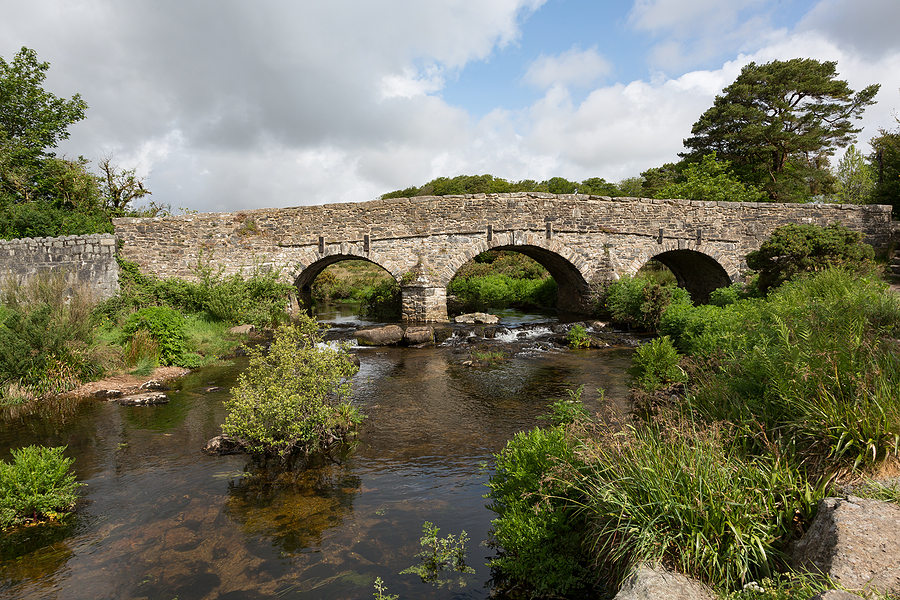An estimate 150 more bridges in Britain have been identified as being unable to take the weight of goods traffic and requiring some level of stone or concrete repairs.
The study, by the RAC Foundation, found that at least 3,155 bridges were deemed to be substandard, or were unable to take the weight of heavy goods vehicles, an increase of 1.6 per cent over the year before.
This means that 4.3 per cent of the 71,656 bridges in Britain are not considered safe for all vehicles.
As well as this, local authorities also stated that 30 bridges had partially collapsed, and ten more had completely collapsed over the previous year.
The RAC Foundation estimates that the cost to repair all of the bridges deemed substandard back to full strength would be £985m and that due to council budget restrictions, only 392 of these will receive necessary repair work in the next five years.
A bridge deemed substandard can still be used in some cases, although it would in these cases be subject to weight restrictions or highly monitored to avoid further major damage.
What Can Cause Bridges To Weaken?
Bridges are complex structures which face a considerable range of different forces and elements that can gradually weaken them over time and reduce their ability to support large amounts of traffic.
Exactly what factors lead to a bridge becoming substandard can vary depending on the purpose, size, age and building materials used to make the bridge.
For example, Llanerch Bridge, a listed structure that had been built in the 19th century, was washed away by the extreme weather and floods that came as a result of Storm Christoph.
On the other hand, whilst cracks in the concrete of Clifton Bridge on the A52 was concerning, by itself it did not make the bridge structurally substandard.
However, once it was revealed that rainwater and water from the River Trent had caused corrosion to the steel reinforcing rods, the bridge did not just need repair but was a danger to public safety.
This is often the case with concrete bridges and structures. The nature of concrete means that it is very strong at handling compressive forces that push down on it, however tensile forces that pull it in different directions can lead to cracks appearing.
Metal rebar, which is a material which is exceptionally strong at resisting tensile forces, is mixed into concrete to help reinforce it and stop it from cracking.
Metal bridges or bridges made with reinforced concrete are strong and durable, so long as the metal itself is protected from elements that can damage it.
Some metals are prone to rust and corrosion, which not only weakens it but the process of oxidation can cause flakes to expand and cause cracks in the concrete.
With some older bridges, such as Hammersmith Bridge in London, the issue comes from older building techniques, with cast iron being particularly prone to cracking and structural weakness, as well as issues regarding river water and structural cracking.

